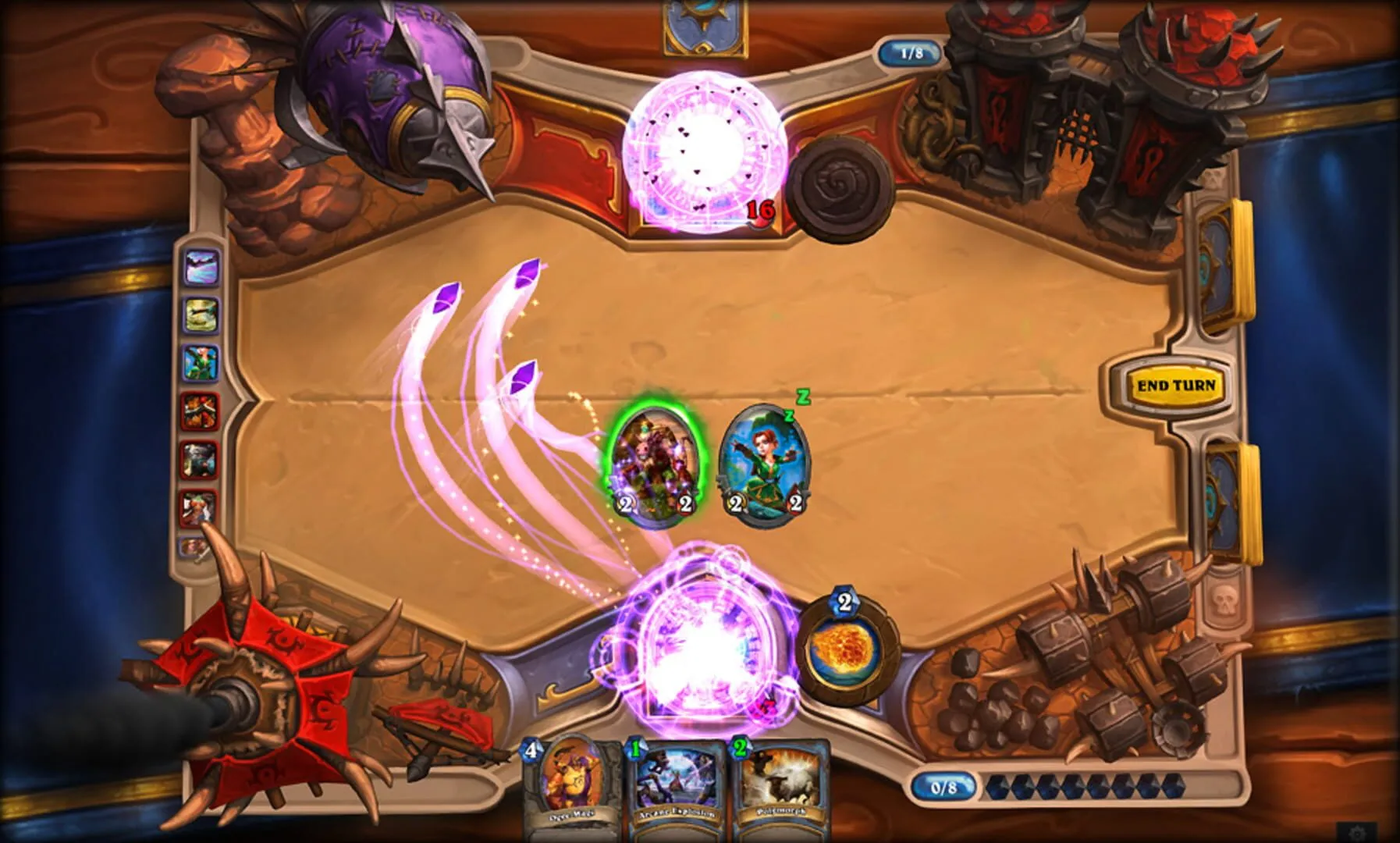Hearthstone, Blizzard Entertainment’s digital collectible card game, is a testament to strategic depth and creative deck-building. Since its release, it has captivated gamers with its rich lore from the Warcraft universe, intricate gameplay mechanics, and ever-expanding card pool that promises endless possibilities. To thrive in Hearthstone, players must master several dimensions of strategy, from the initial deck-building phase to the nuanced end-game tactics executed in the heat of battle. This guide aims to illuminate key aspects of Hearthstone strategy, empowering both neophytes and seasoned veterans alike to ride the winds of victory.
Deck Building Basics
At the heart of Hearthstone lies the art of deck building—a foundational skill that separates the wheat from the chaff. Constructing a formidable deck requires more than just slotting in the most powerful cards you can find; it’s about creating a coherent strategy where each card serves a purpose toward a greater winning condition.
When embarking on deck construction, start by deciding on your archetype. Do you prefer the relentless aggression of an aggro deck, the calculated control of a late-game deck, or perhaps the combo-driven thrill of an OTK (one-turn-kill) deck? Your archetype choice shapes your deck’s strategy, influencing card selection toward achieving your ultimate win condition.
Key to deck building is understanding the synergy between cards. Synergy amplifies the impact of your cards beyond their individual capabilities, creating potent combinations that can swing the tide of battle in your favor. Identifying these combinations requires a blend of creativity and knowledge of the current metagame.
Lastly, don’t underestimate the importance of tech cards. These are versatile tools tailored to counter specific threats you anticipate facing. While it’s tempting to focus solely on your deck’s offensive capabilities, a well-placed tech card can be the difference between victory and defeat.
Importance of Board Control
Dominance on the board is a crucial aspect of Hearthstone’s gameplay, often determining the victor in closely contested matches. Board control refers to the ability to dictate the flow of the game through superior presence on the board, allowing you to make favorable trades, protect key minions, and whittle down your opponent’s health.
Achieving board control starts with efficient minion placement and strategic trading. Always aim to maximize the value of your minions by trading up—taking down higher-cost minions with your lower-cost ones. Additionally, positioning can play a pivotal role, especially for minions with AoE (Area of Effect) abilities or adjacency buffs.
Spell usage is another vital component of maintaining board control. Spells can instantly swing the board state in your favor, clearing enemy minions or buffing your own beyond the reach of your opponent’s removal options. Reserve your spells for high-impact moments to maximize their value.
Hero powers also contribute to this struggle for dominance. Each class’s hero power can influence the board state in subtle yet significant ways, from the Hunter’s steady damage output to the Paladin’s minion generation. Effective use of your hero power can tip the scales in a tight match, offering incremental advantages that accumulate over time.
Understanding Mana Curve
The mana curve is a concept that refers to the distribution of card costs within your deck. A well-crafted mana curve ensures that you have a meaningful play on each turn, allowing you to efficiently utilize your resources and maintain pressure on your opponent.
An optimal mana curve varies with your deck’s archetype. Aggro decks may skew towards lower-cost cards to flood the board early on, while control decks might favor a higher curve to unleash devastating late-game threats. A balanced curve typically includes a mix of low, mid, and high-cost cards, ensuring versatility across all stages of the game.
To master the mana curve, pay attention to your deck’s performance in matches. Are you consistently missing plays in the early game, or finding your hand clogged with high-cost cards? Tweaking your deck’s mana curve can address these issues, smoothing out your gameplay and improving consistency.
Utilizing Hero Powers
Hero powers are a unique feature of Hearthstone, offering each class a distinct ability that can be activated once per turn for a set mana cost. These powers can influence your strategy significantly, providing consistent value throughout the match.
Understanding the strategic depth of hero powers involves recognizing both their strengths and limitations. For example, the Mage’s ability to deal direct damage offers both board control and direct pressure on the opponent, while the Warrior’s armor-up power plays into long-term survival strategies.
Incorporating your hero power into your gameplay requires balancing its use with your other available plays. While it’s tempting to activate your hero power at every opportunity, consider whether spending that mana on a card play could offer greater value. Effective utilization of your hero power is often a game of context, weighing immediate benefits against potential future advantages.
End Game Tactics
As matches progress towards their climax, the importance of strategic foresight and situational awareness becomes paramount. End game tactics involve not only executing your deck’s win condition but also anticipating and countering your opponent’s moves.
One key aspect of late-game strategy is resource management. Keep track of both your remaining cards and your opponent’s, gauging the risk of reaching fatigue (taking damage from an empty deck). Likewise, manage your removal spells and high-impact minions judiciously, saving them for the most opportune moments.
When the end game approaches, every decision counts. This is where understanding your win condition becomes crucial. Whether it’s assembling the pieces for a combo kill, outlasting your opponent with superior control, or finding the right moment to turn the tide with a well-placed AoE spell, knowing what you’re building towards will guide your choices.
Additionally, adaptability is a virtue in Hearthstone’s late game. The ability to pivot your strategy in response to unexpected challenges can salvage games that seem lost. This adaptability extends to recognizing when to switch from a defensive stance to an all-out offensive, capitalizing on narrow windows of opportunity to clinch victory from the jaws of defeat.

